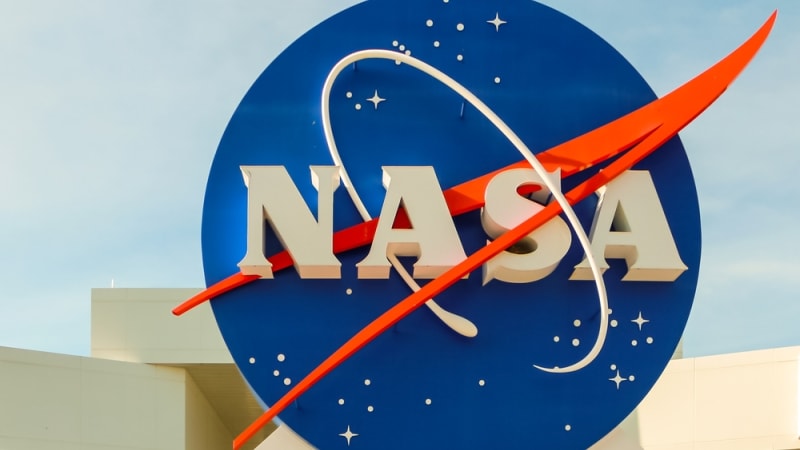
Cloud-based analytics capabilities are helping NASA to power its “digital twin” practices of digitally designing aircraft before any testing takes place on physical models of flying craft, Ron Thompson, NASA’s chief data officer and deputy digital transformation officer, said at Pure Storage’s ongoing Accelerate Digital 2021 event.
During an interview with Pure Storage CEO Charles Giancarlo, Thompson ran down a list of tech-driven efforts at NASA, and landed on continuing advancements of the years-old digital twin practice, and carrying it forward as part of the agency’s “model-based everything” portion of its digital transformation strategy.
“In the past, we would design empirical models and build them and put them physically in a wind tunnel” to test and revise them based on observed results, he explained. But with the digital-twin model, “before we cut any metal you have a digital twin in the cloud, so we can tie in cloud-based offerings, and our analytics, and our capability to project before we actually make a physical model of a particular aircraft.”
As a result, he said, “we’re able to test, validate, and verify” before building any physical models. “That’s something that really excites us, and technologies like the ones available through Pure are very attractive to us,” he said.
“That way of working is different,” comes with both technology and workplace culture aspects, he explained. “I believe there are many advances in technology that we could bring to bear today, but the largest hurdle is doing something differently than we have done in the past,” he said. “The technology space we live in is advancing almost daily.”
Thompson also said that machine learning and AI technologies are also playing an expanding role at NASA, and pointed to the AI-driven capabilities of the Perseverance rover vehicle that NASA sent to Mars as part of its 2020 mission.
“Did you know that used artificial intelligence to land? It wasn’t controlled from earth … This was actually an autonomous robotic vehicle that landed on its own through artificial intelligence, and it learned, and it still is continuing to learn while it’s on Mars, and, and we’re hoping [for] many, many years of lifetime of discovery through that mission,” he said.
AI and machine learning, he said, are areas where NASA is “just scratching the surface.”
Thompson also gave an enthusiastic reading of the agency’s use of robotic process automation (RPA), saying, “we’re very excited about that because we can elevate what our talent is using right now with manual processes, and really look at bringing in robotics process automation to automate and take the human out of the routine task and elevate them to more cerebral work that we need to do.”
Digital Transformation
Asked about digital transformation goals for NASA over the next couple of years, Thompson talked about the agency’s goal of accelerating its time to market by 25 percent over the next three to five years.
“We’ve gotten together over the past nine months, and worked with our core missions and programs … to go and get behind actually developing enterprise-wide capabilities that will advance and accelerate, everything that NASA does,” he said. “We’re behind this, this is an all-in effort, and something that’s absolutely quantifiable and understandable across all of our domains in NASA.”
Elsewhere during his remarks, Thompson talked about the core tenets of digital transformation at the agency.
“NASA has embarked on a digital transformation effort that really transforms our work, workforce and workplace, and data is at the core of that transformation,” Thompson said.
He said the CDO’s role is to make data an asset for the agency that is “transparent and accessible to improve our hindsight, insight and foresight, thereby increasing our value to our mission outcomes. So data is really the innovation of transformation.”
